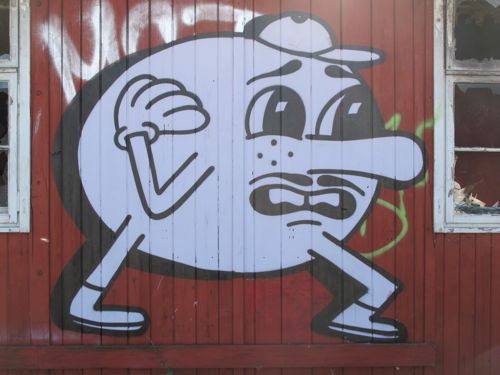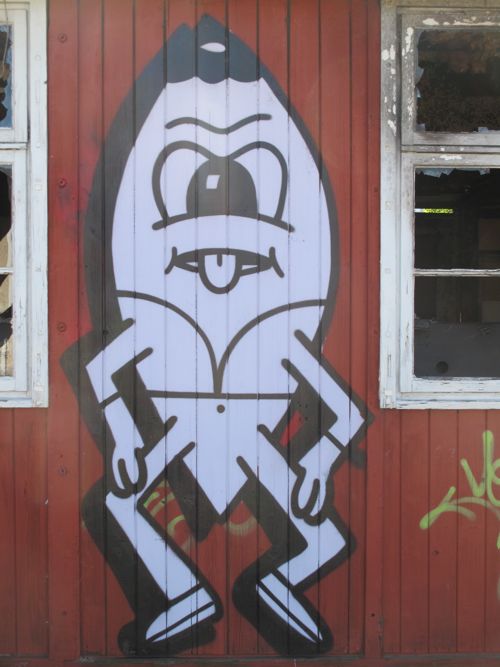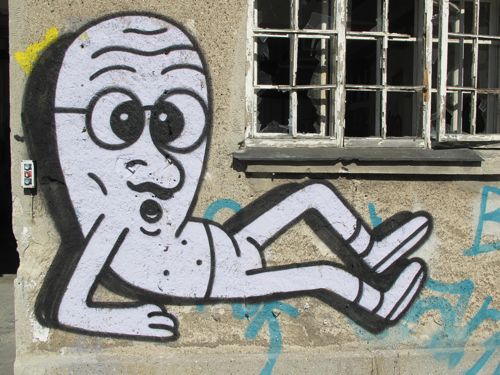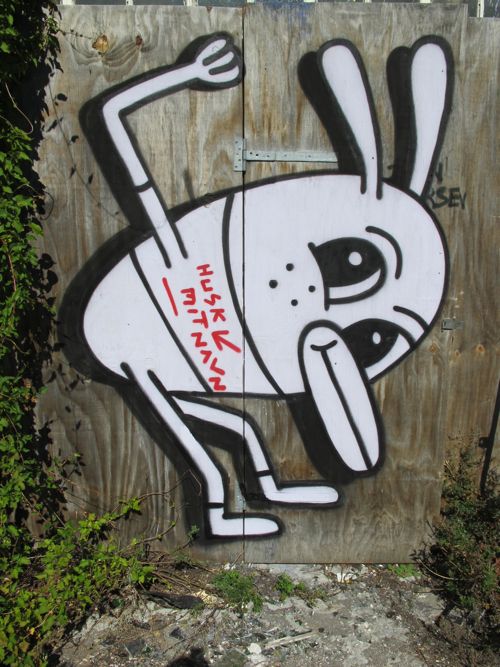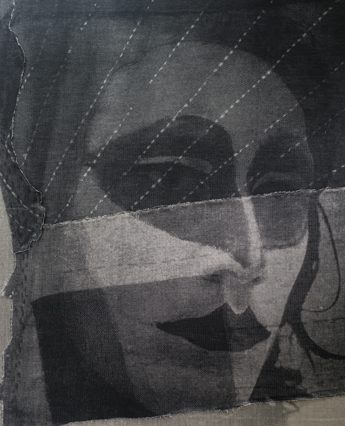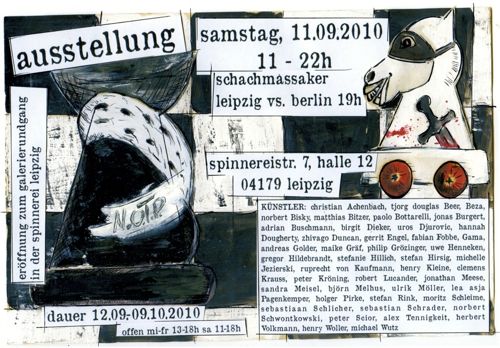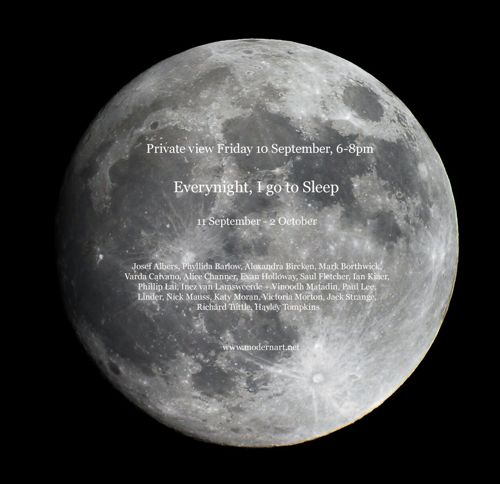
Month: September 2010
Chris Verene

Chris Verene’s first show at Postmasters will present over forty photographs made during the past twenty-six years. This landmark exhibition of documentary storytelling chronicles a group of closely-knit characters from the photographer’s family and their rural Illinois community. The photographer is also one of the characters– his blood bonds and bonds of friendship within the small town are carefully spelled out in simple handwritten captions atop the colorful pictures. Verene’s new book, “Family,” published this summer, contains many of the images on view – it opens with his cousin Candi’s divorce. Candi was made famous when her wedding picture appeared on the cover of Verene’s first book ten years ago. Both husband and wife were fired in the Maytag factory closing described in President Obama’s first address to the United States in 2004 and in the 2010 State of the Union. Theirs is not the only family torn apart by the economic struggles of the country, as Verene documents other similar stories. The exhibition will also bring to light recent developments in the artist’s intimate life, as his young child, Nico, Brooklyn-born and half-Puerto Rican, appears throughout the latest photographs, playing with his cousins and newfound friends in Galesburg. This show will offer an extraordinary, inspiring, hopeful, and sometimes sorrow-filled view into the true personal stories and private lives of the artist’s immediate and extended family in their small community as photographed throughout a lifetime in economically depressed Galesburg, Illinois. Museums currently showing Verene’s work include The Tate Modern, The San Francisco Museum of Modern Art, and The New Orleans Museum of Art.
Copenhagen Graffiti (Walls)
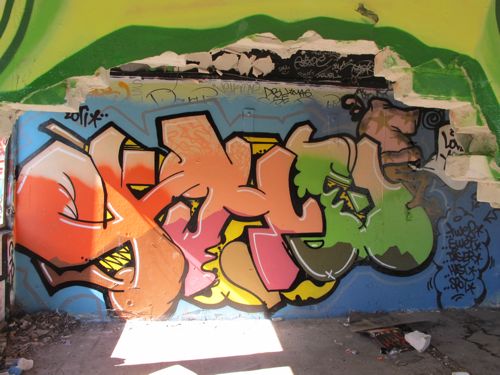
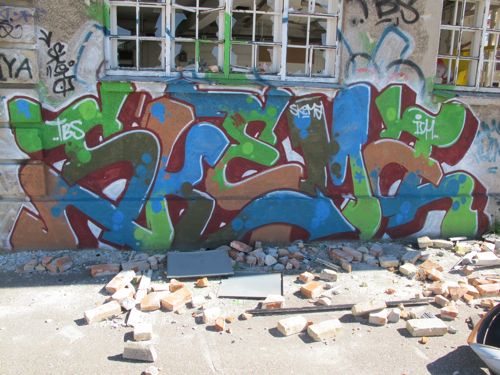
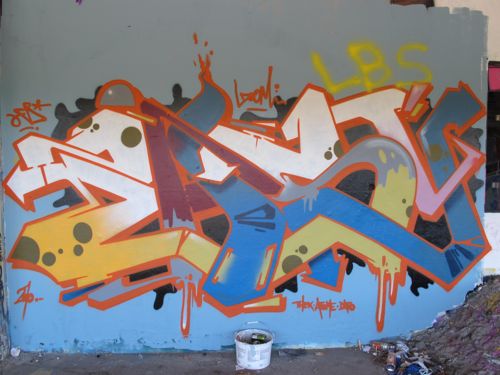
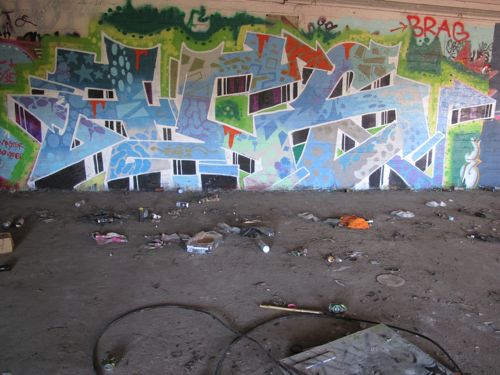
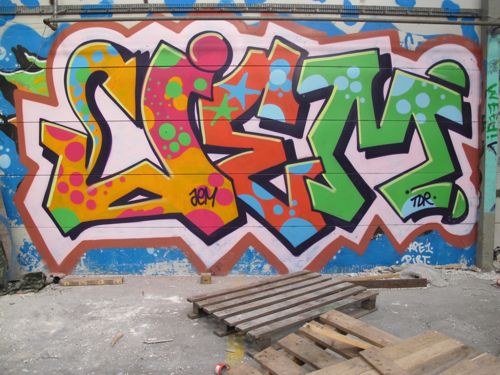
Frauke Eigen
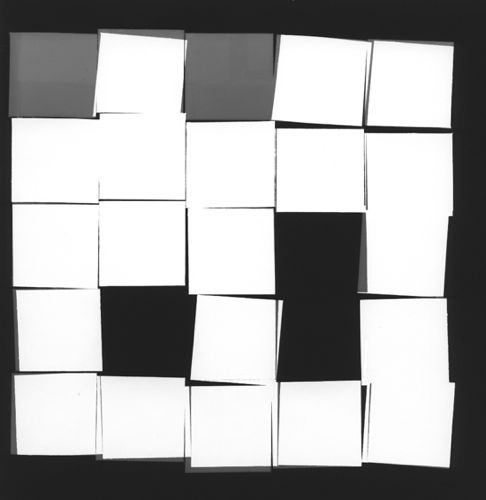
Frauke Eigen’s new works lead photography into an area of the autonomous image usually assigned to painting. In her gallery and museum exhibitions over the past two years, the atmosphere and aesthetics of Japan have been the predominant subject of her black-and-white photographs. The works were oriented toward seismographically recording structural phenomena that step out of the usual field of vision as worthy of being captured in an image.
The most recent works pull the gaze back; the camera turns, so to speak, inward. No longer do outward happenings determine the reality of the image, but the artist herself provides the precondition for something to become an image. Images of beams, patterns, rays and patches emerge that only marginally admit a reference to the outside world. Rather, they create an independent combination of differences of line and surface which condense into a meaningful image.
The non-representational image has perhaps the strongest potential to orient itself toward the viewer in a way formulated by Georg Lukács in his aesthetics at the beginning of the twentieth century. In this aesthetic theory, works of art as a world of fulfilment are counterposed to people’s yearning for the reality of experience: what remains withheld from all other expressions of human living, or exists only in a very sparse and questionable way, is fulfilled in the art work. The schema of communication has, in the work, stripped off everything fragmentary – not only what is empty and abstract, but also the merely personal – and the absolute unity of the individual with the superindividual is said to radiate through their unification in the work, attained through a coincidentia oppositorum.
ALBUM

Album is an exhibition comprised of new and existing works by 17 artists currently studying on the Royal College of Art’s Photography MA course. Working across the disciplines of photography, film and video, new site-specific works, which seek to respond to the particularities of the surrounding area and Wolstenholme project space, will also be produced.
Whilst the exhibition does not seek to tie individual artists together via an overarching thematic structure, a unified intention to create and reconstitute existing works, in relation to the project space, is common to them all. Intrigued by the prospect of exhibiting in an unconventional gallery space, the decision to show at Wolstenholme was made, by the group, in order to allow a reciprocity of influence to take place.
For Rebecca Court this has enabled the development of a site specific work across the buildings exterior, and for Tom Pope the interior network of doors provides a framework for the production of a work in which the site visitor will be made to perform. For others presenting still or moving image works the removal of pieces from the context of an ostensibly neutral white cube, provides a unique opportunity for a renewed or unique reading to take place. Similarly, the site itself will, in hosting the collection, be subject to a process of transformation and re-reading.
Album is part of the Independents exhibitions programme that runs parallel to the 2010 Liverpool Biennial. On Saturday 18 September at 1pm, Album curator Morgan Quaintance, an MA student from the RCA Curating Contemporary Art (Inspire) course and the exhibiting artists will give a talk about the work in the exhibition.
The RCA Photography Department has a world-renowned reputation for providing a critical and educational environment in which students can develop as artists with photography at the core of their practice. Alumni of the course include successful practitioners working in both fine art and the commercial sector, including Alison Jackson, Bob Carlos Clarke, Sophy Rickett, Hannah Starkey, Paul Smith, Tom Hunter and Idris Khan.
Aaron Rose //
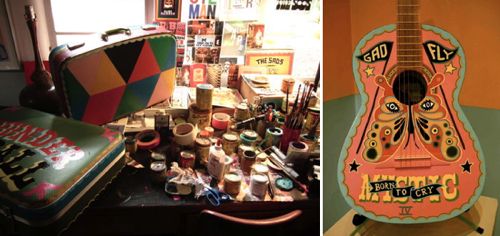
With the solo show „TROUBLE“, Circleculture Gallery presents colourful „object paintings“, which give very personal and direct insights into Aaron Rose´s world. Aaron Rose is perhaps best known as a curator. With his touring show Beautiful Losers and the documentary of the same name, he brought underground artists such as Harmony Korine, Barry McGee and Shepard Fairey to public attention, championing a DIY aesthetic informed by their various backgrounds as skaters, punk rock fans and graffiti writers.
For this show he has a particular obsession: painting on suitcases. “Suitcases from the 50s to 70s were manufactured in such interesting color palettes – these incredible mustard yellows and army greens,” he says. Rose calls the works (some of which are stuffed with surprise goodies for buyers to walk away with) “object paintings,” displaying them in the spirit of Duchamp. Art historical references aside, the show’s conceptual slant is psychological, personal even. “It’s my baggage,” says Rose. “The exhibition is going to be very much a confession, what all my problems are.”
Husk Mit Navn /
With As if //
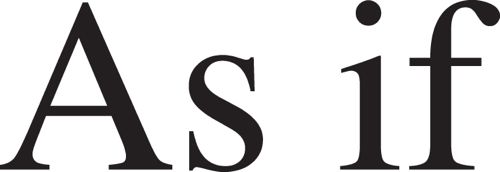
With As if, Carla Arocha – Stéphane Schraenen offer us the double-edged sword that is a frequent feature of their work. The off-hand nonchalance of the title, now a loaded statement in the popular vernacular, might indicate a certain cynicism or world-weariness; a jaundiced eye cast in the direction of art and its efforts. But, like so many other aspects of their work, this is something of an illusion and an allusion.
The title equally refers to the formal and material nature of their new work itself. Within the work of Arocha – Schraenen, simile and facsimile are often content; the nature of an image and its similarity or distance from the perception of that image. In the works that play with layering and blurring the lines between what is, in reality, a solid surface and what is only a reflection –or the facsimile of a tangible material – Arocha – Schraenen join the dotted lines between Modernism’s approach to something nearing an abstracted form of representation and the age old mimetic thrust of art drawing upon observations of the world around us.
In As if this intersection between science and art’s mimetic drives is once again foregrounded. Each work is actually a moiré of one form or another, whether manifesting as a sculpture or photographic work. Most immediately associated with textiles, a moiré is also a scientific phenomenon: an interference created when two grids are superimposed at an angle or where their mesh sizes differ. The nature of the moiré phenomenon connects textile traditions with the photographic and reprographic process and naturally lies within Arocha – Schraenen’s explorations of how images are constructed. In this particular case, their interest examines how moirés manifest in static objects transmute into a perception of movement. Yet, the works also conversely evoke a sense of scientifically explained moirés that occur when an image-making device – for example a television camera- attempts to transmit an image of certain patterned static objects due to the sampling limitations of the medium itself. Just as an image may prove illusory, these works remind us more specifically that one way in which an image might prove to be different from its perception is in terms of movement. Exactly what is moving and what is still within each situation?
– Text excerpted from essay by Ken Pratt
Carla Arocha (Venezuelan, born Caracas 1961, lives Antwerp, Belgium) and Stéphane Schraenen (Belgian, born 1971, lives Antwerp, Belgium) began collaborating publically in 2007 with their exhibition Mauraders at moniquemeloche. Previously, Arocha has had solo exhibitions at moniquemeloche in 2004 and 2001. In 2009 Carla Arocha – Stéphane Schraenen permanently installed the City of Chicago commissioned artwork 24/7 at the CTA’s Red Line Howard Station. The artists have had solo exhibitions at the FRAC Auvergne in Clermont-Ferrand, France, the Kunsthalle Bern in Switzerland, and the MUHKA in Antwerp, Belgium and have work in a number of prestigious institutions including the Art Institute of Chicago, IL; the F.R.A.C. Auvergne, Clermont-Ferrand, France; the Fundación Banco Mercantil, Caracas, Venezuela; the Museum of Contemporary Art, Chicago; the Museum of Modern Art, NY; the Museum van Hedendaagse Kunst Antwerpen (MUHKA), Antwerp, Belgium; and the Stiftung, Bern, Switzerland.
